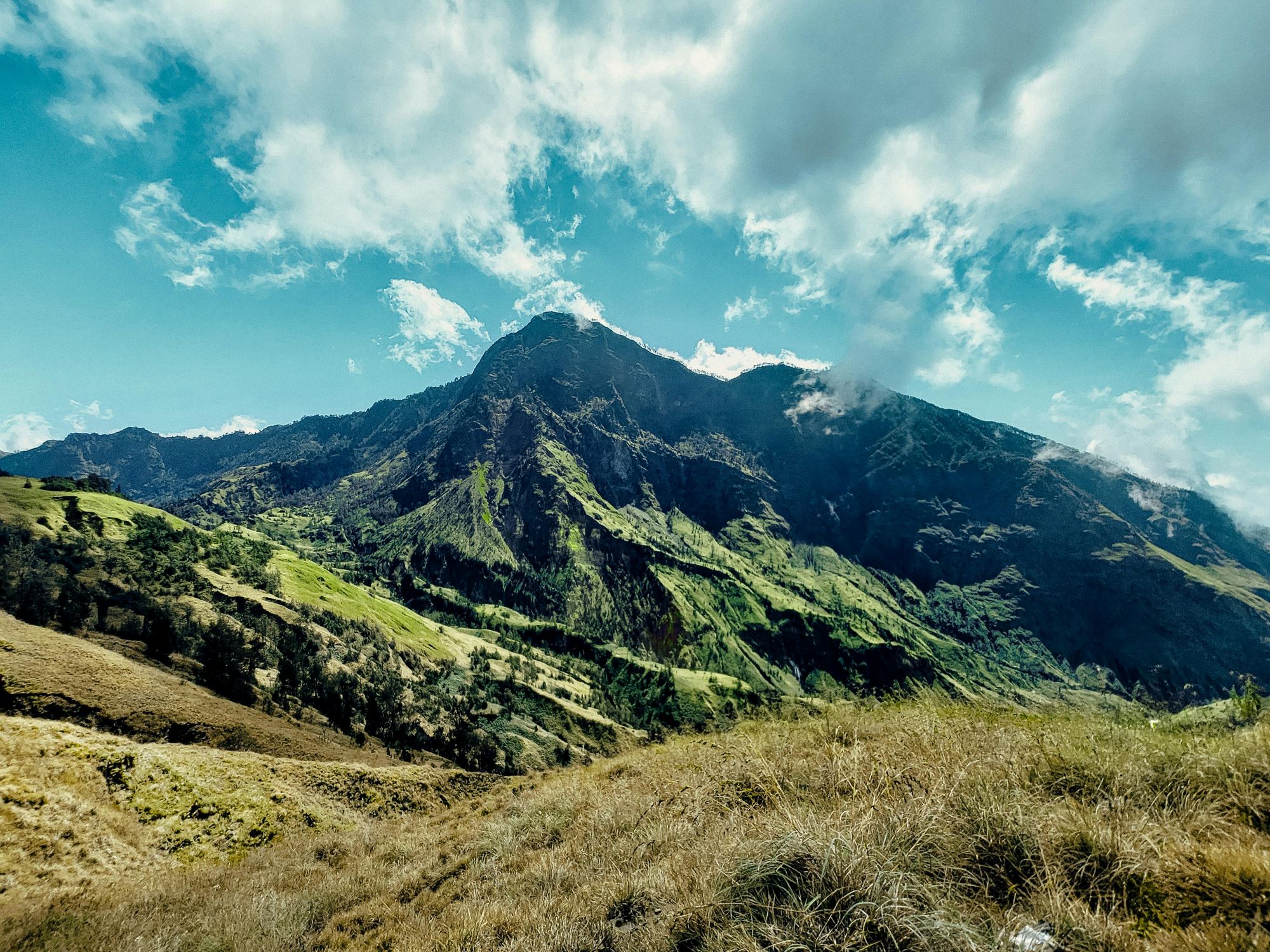The recent tragic death of Juliana Marins, a Brazilian climber who fell during her ascent of Mount Rinjani, has reignited urgent calls to overhaul climbing safety and management across Indonesia’s mountainous national parks. Just days later, two other climbers from Switzerland and the Netherlands were involved in a separate accident on the same mountain—but fortunately survived.
These back-to-back incidents are a stark reminder that mountain climbing is far from a casual adventure. It is a high-risk activity that demands thorough preparation, strong safety infrastructure, and professional guidance at every stage.
Rinjani, Beauty Meets Extreme
Mount Rinjani, Indonesia’s second-highest volcano standing at 3,726 meters, is famous for its breathtaking views—Segara Anak Lake, rolling savannas, and magical sunrises. However, beneath its beauty lies a perilous terrain that has repeatedly tested even the most experienced climbers.
According to Liputan6.com, Cemara Tunggal is one of the most treacherous sections of the Rinjani route, with narrow trails bordered by steep cliffs and unstable footing. Further up, climbers must face steep, sandy slopes where eery step forward might slide back, making the summit push grueling. Sudden weather changes, extreme cold at night, and frequent rockslides during the rainy season further elevate the risk.
A Swiss trekker once wrote, “The final push to Rinjani’s summit was tougher than my 10-day trek in the Annapurna range.” This emphasizes just how extreme the conditions can be.
Government Moves Toward Safer, Global-Standard Climbing
Following the recent tragedies, the Ministry of Forestry is taking major steps to upgrade Mount Rinjani climbing management. These include:
- Installing hazard signage and more evacuation shelters along key routes.
- Introducing RFID-based tracking bracelets for all climbers to support real-time rescue responses.
- Deploying digital systems like GPS-guided apps and beacon trackers to monitor hikers.
- Mandating certified training for guides and porters to ensure climbers receive professional support in emergencies.
Governor of West Nusa Tenggara (NTB), Lalu Muhammad Iqbal, aims to elevate Rinjani’s climbing governance to match global standards seen in the Alps and Himalayas.
“Our ultimate goal is to make Rinjani a world-class climbing destination. We want international climbers to return home saying Rinjani’s safety standards are world-class.” Iqbal said during a rescue training event in Sembalun, quoted by Antara.
The governor’s threefold approach includes international-standard rescue training, collaboration with private outdoor brands for signage, and strategically placing emergency gear near high-risk zones.
During a training session in Sembalun, East Lombok Regent H. Haerul Warisin also stressed the importance of local involvement. “This collaboration reflects the growing synergy of all stakeholders around Rinjani,” he said, as quoted by Lomboktimurkab.go.id.
In addition to safety, the government is also tackling issues such as waste management, insurance coverage, and climber registration to ensure Rinjani’s future as a sustainable ecotourism destination.
Hiking Rinjani Safely
If you’re planning to hike Mount Rinjani, follow these tips:
- Prepare physically 1–2 months in advance with cardio or hill training.
- Use certified guides and porters.
- Carry proper gear: trekking shoes, weatherproof jackets, headlamps, and at least 2 liters of water per day.
- Obey park rules, register through the official e-Rinjani system, and respect local customs.
- Best time to climb: April–June for cool weather and fewer crowds. Avoid January–March due to heavy rain and landslides.
Rinjani is not just a scenic escape—it’s a challenging climb that deserves respect. With better climbing management, it can be both safer for adventurers and more sustainable for future generations.
Source: Kompas, Antara, Lomboktimurkab, Liputan6
Photo Credit: Eric Jo (pexels.com)


